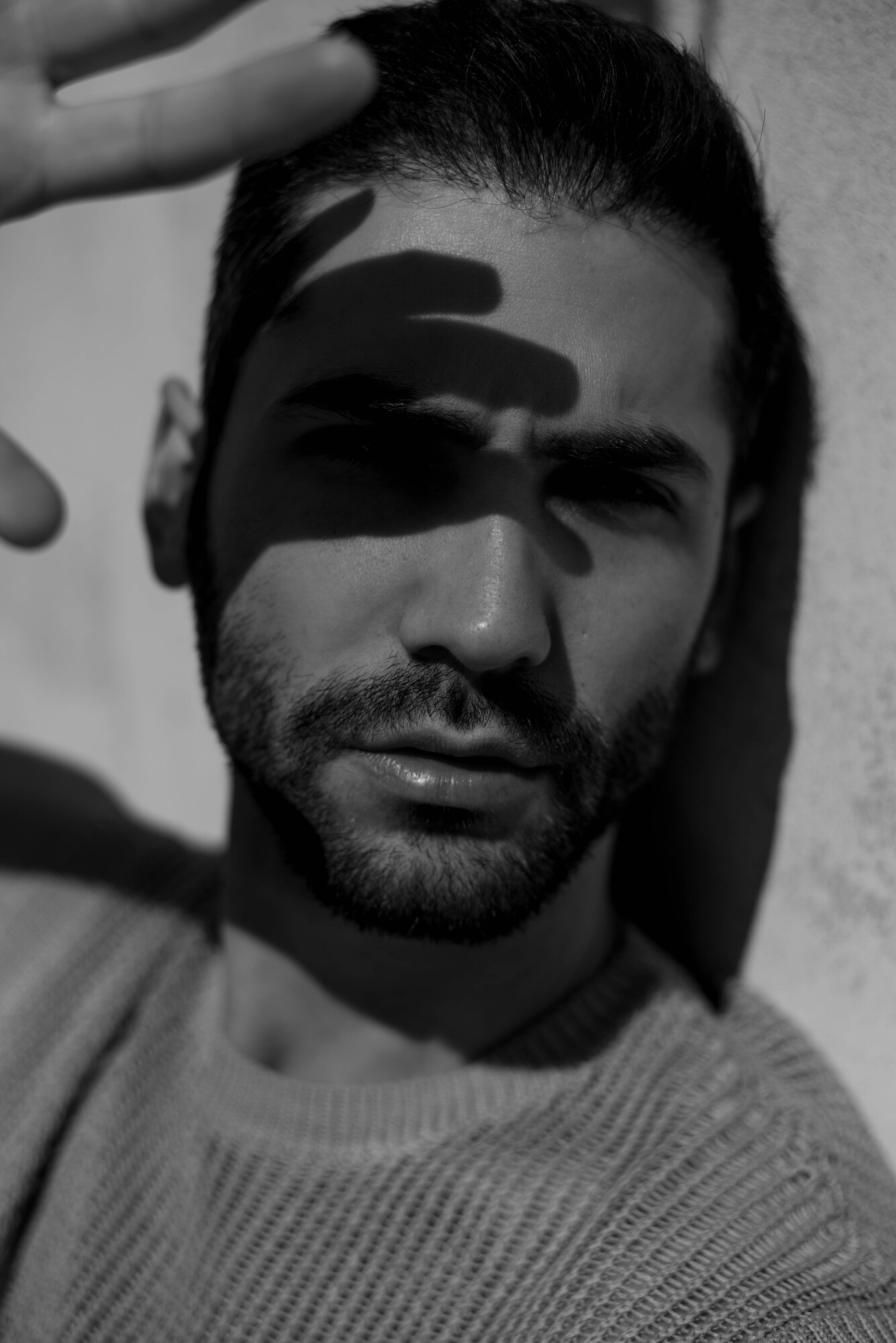Anthony Pomes, the French photographer we had the chance to meet recently, has exclusively immortalized Thomás de Lucca for us, in déshabillé on a terrace flooded with light in Milan, where the Brazilian model moved not long ago.
Powerful and yet delicate pictures, that underline the modus operandi of an author who, as he revealed us, searches for sensitivity and uniqueness in every portrait.
We had the opportunity to ask Thomás a few questions.



I start with the shooting by Anthony Pomes. The pictures reveal a rather relaxed and spontaneous atmosphere on a sunny terrace, isn’t it? How was it like working with Anthony?
I felt very much at ease with Anthony. He’s very talented and knows how to guide a model during the photo shoot. To he honest, I thought I’d be a little rusty since I haven’t been focusing on other things at the moment and not doing much of modelling. But everything went pretty smoothly with him.




Tell us something about yourself: where you are from, how long you’ve been modelling, what your interests are beyond work…
I’m from the south of Brazil and I’ve been modelling for almost 9 years. Everything started in 2013 when I went to China for work, it did help me to grow up as a model, and to be here today represented by one best agencies in Milan.
I also do marketing apart from modeling. I’ve been doing that since last year, and that is where I’ve been spending much of my time and efforts recently, although my passion has always been modeling and always will be. When I have spare time, I like going to the gym, doing yoga and meditation – if possible I like to practice the two latter every day. I love spending time with my boyfriend and friends, and watching horror or sci-fi movies.




You are Brazilian but you live in Milan for work. What were your first impressions? What do you love most (and least) about living here?
Milan is great, very international and easy to get around, but I have to confess that I’m still struggling with the language as “il mio italiano non é molto buono” (this is literally the only sentence I know how to say without using Google Translator).
What I love most are cappuccino and pizza. On the other side, living in Milan can be very pricey, so that part isn’t that funny.




If I say style, what do you think of?
David Gandy, he’s a reference in the male model industry for me, and I love how he styles himself according to his age and still looks fashionable and attractive.




What brands or designers do you aspire to work for?
I’d would love to walk for Dolce&Gabbana and Giorgio Armani since they have inspired me when I first started modeling.




Where do you see yourself in ten years?
In ten years’ time, I want to be a successful coach of fashion models traveling the world and giving lectures on how to think beyond their dream job, without giving up on it but using that passion in their favour.
I’d like to encourage all models to not give up on their careers so easily (I know it can be very tough to listen to so many “no” sometimes) and to do something else they may like in addition to that. There are so many ways to use what you’ve learned or experienced as a model to help you on starting something new and that resonates with you. There are more opportunities out there than you can imagine.



Credits
Model Thomás de Lucca @D’Management
Photographer Anthony Pomes










